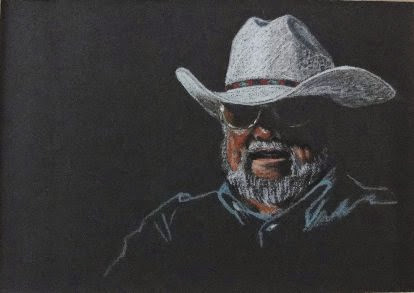 |
| One tired, old flugelhorn player. That's how I felt after a job. |
My previous blog painted a picture of New Orleans New Orleans in 1958 was much different than the New Orleans New Orleans
After my blog hit, I received an email from Rick Tegeler, a Canadian buddy, who told me that he and his wife had just spent his birthday in New Orleans
The government money given to anyone who claimed a loss due to the flood, whether valid or phony, was spent on cars and TV sets with very little rehab. I see no reason to visit New Orleans
 |
| Blowing my brains out at Big Al's (long ago |
I completed my Military Police training at Fort Gordon in Georgia
My buddy Steve Carmichael and I took the cash and planned to hitch-hike down to Florida and New Orleans Georgia
I have to interject that Steve and I remain close friends to this day and when we returned from the army I introduced him to his wonderful wife Phyllis. I recently joined them to celebrate their 50th wedding anniversary. Both are wonderful friends.
Hitch-hiking back in the fifties was normal, especially for military guys. We were told to wear our army dress shoes with our civvies, because people would give you a ride if you were military. It worked. We traveled from Georgia to California
We hit New Orleans
We got word that there was a great trumpet player playing at a small club in the French Quarter, so naturally I had to hear this guy. And he was great. With the exception of Raphael Mendez, this guy was the best trumpet player I had ever heard. He was a big guy with a beard and a raspy voice. I think he owned the club, which wasn’t very large, and the night I was there it wasn’t even full of people. No one knew much about this horn player until later when Al Hirt finally became famous and got the credit he deserved.
Years later another friend, Dick Whitaker, was in the club with Al Hirt and they both called me at home. Unfortunately I was out playing in a club myself and my wife took the message from Al Hirt. Since I couldn’t talk to him in person, Al signed an album to me as his “favorite trumpet player,” something only Whitaker could talk him into writing. Al Hirt didn’t know me from Adam. My buddy Whitaker can sell pimples to teenagers.
I’ve heard that Al Hirt would sometimes be called to fill in for a first chair trumpet player with major symphony orchestras in an emergency. He was that good and that versatile. Jazz is totally different than classical music, although players with a classical background can do quite well in jazz; Wynton Marsallis is a good example.
Al’s good friend, Pete Fountain, had a club and was playing just down the street from Al’s place. He too had yet to be discovered. Can you imagine being able to walk from one small club to another to hear both of these great musicians?
Nobody knew either one of these guys back then. I was told that they were partners in an extermination business. Most musicians have day jobs. Music is a tough way to make a living. But Al Hirt and Pete Fountain both went on to fame and fortune and both were excellent musicians.
That was my New Orleans Bourbon Street
* * *
* The entire 




